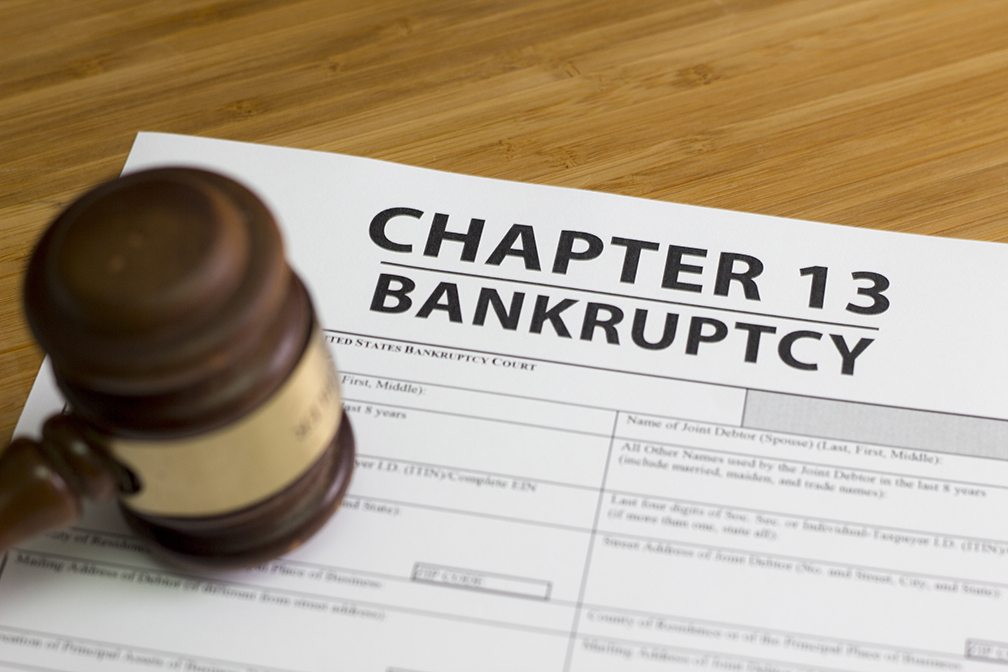Current Servicemember or Veteran? 4 Reasons Why a VA Home Loan Is an Excellent Choice
 Are you current or former member of the US military service who is looking to buy a new home? If so, you will be pleased to know that there are some special mortgage programs that are open to you. Let’s take a look at five reasons why a mortgage backed by the Department of Veterans Affairs is an excellent choice when buying your new home.
Are you current or former member of the US military service who is looking to buy a new home? If so, you will be pleased to know that there are some special mortgage programs that are open to you. Let’s take a look at five reasons why a mortgage backed by the Department of Veterans Affairs is an excellent choice when buying your new home.
You Can Borrow Up To 100% Of The Home’s Value
You read that correctly! VA-backed mortgages are available to you even if you choose to put no money towards your down payment. This can be a huge benefit for those individuals and families who are looking to buy a new home but don’t have a large chunk of cash on hand to fund the down payment. Instead, you can work with your VA mortgage advisor to get financing for the entire purchase price of your home.
You Can Qualify For A ‘Jumbo’ Loan
Depending on the real estate market in your city, the size of home you need and how luxurious you want it, you may need a larger mortgage. The great news is that there are ‘jumbo’ options available with VA-backed home loans. In some cases, you may qualify for over $1 million in mortgage financing, which is likely to put most homes in your area within reach.
You Can Avoid Mortgage Insurance Fees
Home buyers using a conventional mortgage with less than 20 percent down are typically required to buy private mortgage insurance or “PMI.” However, this is not a requirement with VA-backed mortgages. If you qualify for a VA home loan, this can save you a significant amount of money over the loan’s term.
You Can Accelerate Your Payments At No Cost
If you decide that you want to pay your VA mortgage off a bit faster by accelerating your payments, you can do so without incurring fees or penalties. For example, if you are gifted a large sum of money or have a significant income tax return, you can contribute that amount directly against your mortgage.
These are just a few of the many great reasons to explore using a VA-backed mortgage to fund your next home purchase. For more information about VA home loans and to see if you qualify, contact your trusted mortgage professionals today.

 One of the biggest challenges a homeowner can face when looking to upgrade or move is trying to sell their current home while buying another. If most of your net worth or equity is locked up in your current house, you will need to move it into cash to help fund the purchase of your new home. The alternative is to wait until your home is sold and you receive the funds before trying to buy a new one – but you could end up waiting for months.
One of the biggest challenges a homeowner can face when looking to upgrade or move is trying to sell their current home while buying another. If most of your net worth or equity is locked up in your current house, you will need to move it into cash to help fund the purchase of your new home. The alternative is to wait until your home is sold and you receive the funds before trying to buy a new one – but you could end up waiting for months. While it is sometimes the best option to get your finances repaired, the bankruptcy and following discharge period can be tough. However, while it may delay things for a couple of years, the good news is that even a bankruptcy won’t stop you from borrowing a mortgage to buy a home. In today’s article, we will share some insight into how you can get a mortgage loan after going through bankruptcy.
While it is sometimes the best option to get your finances repaired, the bankruptcy and following discharge period can be tough. However, while it may delay things for a couple of years, the good news is that even a bankruptcy won’t stop you from borrowing a mortgage to buy a home. In today’s article, we will share some insight into how you can get a mortgage loan after going through bankruptcy.